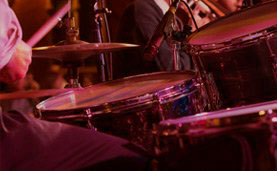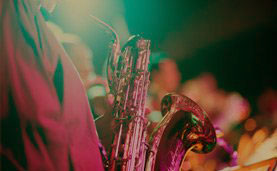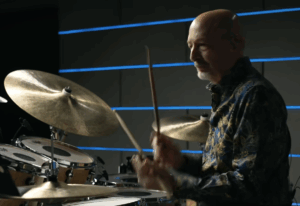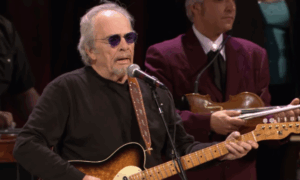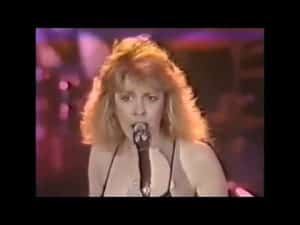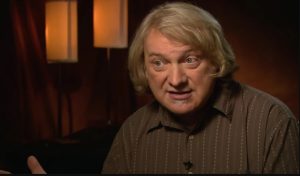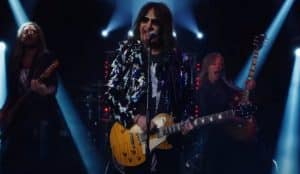5 Biggest Rock n’ Roll Concerts Of The 1970 Era
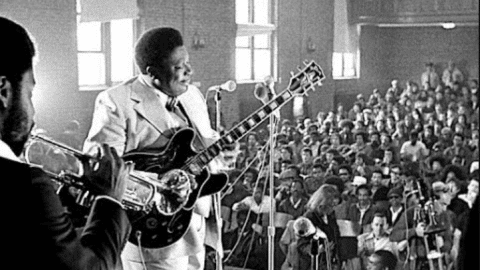
via @David Hoffman | YouTube
The 1970s were a defining decade for rock & roll, with concerts that pushed the boundaries of live performance. These shows weren’t just about the music—they became events that captured the raw energy and spirit of the era. From legendary jam sessions to iconic performances in unexpected places, rock concerts took on a new level of intensity.
The biggest shows of the 1970s were more than just concerts; they were moments of cultural significance. Whether it was an artist pouring their soul into a performance or a stage transformed into something extraordinary, each of these events added depth to the growing power of rock music.
In this article, we’ll explore five of the most impactful rock concerts of the 1970s. These performances not only redefined the live music experience but also left a lasting mark on the genre itself.
Black Sabbath – American Tour (1970)
When Black Sabbath touched down in America for their debut tour, they made an unforgettable first impression. Ozzy Osbourne notoriously wrote “Satanist” as his religion on his immigration form, a provocative gesture that added to their mystique. Many didn’t know what to expect from these rough-looking Brits, especially after seeing them open for acts like the Faces, Alice Cooper, and James Gang.
The turning point came at the Fillmore East in New York. Drummer Bill Ward recalls a moment when he threw a tom into the crowd, urging them to get involved. The audience responded, and Sabbath’s intense energy began to ignite the crowd.
By the end of the tour, Black Sabbath had been transformed. Their nonstop European touring had honed their sound into a powerful, primal force. Ward describes it as “dynamite,” a raw and unrelenting display of heavy music that left an indelible mark.
The Who – University of Leeds (February 14, 1970)
After their rock opera Tommy in 1969, The Who sought to return to their raw roots with a live album. However, Pete Townshend was so dissatisfied with the recordings from their American tour that he threw them onto a stove. The band needed a redo, and it came when they returned to England for a show at the University of Leeds.
In front of a hungry crowd of 2,000 fans, The Who unleashed a high-energy set that spanned 38 songs. This included a mind-blowing 15-minute version of “My Generation.” The audience’s enthusiasm helped create an unforgettable atmosphere.
Pete Townshend later declared it “the best crowd we’ve ever played for.” Their performance at Leeds was a defining moment in their career, a perfect blend of power and raw emotion that would become iconic in rock history.
Neil Young and Crazy Horse – American Tour (1970)
By the early 1970s, Neil Young had gained fame through his work with Crosby, Stills, Nash & Young. During a break from the group and while recording After the Gold Rush, Young decided it was time for a redo. He introduced his new fans to Crazy Horse, a band with a raw, garage rock sound that was a stark contrast to CSNY’s polished style.
Their American tour took them through clubs, theaters, and even high school auditoriums, where Young’s connection with Crazy Horse created something entirely new. Drummer Ralph Molina described it as Young tapping into a deeper part of himself. “He becomes Neil Young, the real Neil Young,” Molina said, capturing the essence of their raw, chaotic sound.
Crazy Horse’s performances were unlike any other. While bands like the Allman Brothers played with precision, Crazy Horse thrived on chaos. With songs like “Down by the River” and “Cowgirl in the Sand” often stretching to 20 minutes, Young and guitarist Danny Whitten’s solos were the heart of the show. The band’s willingness to experiment with longer songs marked a new chapter in Young’s career.
Elton John – The Troubadour (August 25-30, 1970)
When Elton John first performed at the Troubadour in Los Angeles, he was still an unknown 23-year-old pop singer. Sporting thick-rimmed glasses and freshly gelled hair, Elton was far from the superstar he would become. At the time, his debut album hadn’t sold well, and after what he called a “crisis meeting” with his label, he was sent to the U.S. for a redo.
Elton’s residency at the 300-capacity club became the moment that changed everything. With notable figures like David Crosby, Graham Nash, and Mike Love in the audience, he had the chance to prove himself. By the second night, Leon Russell was in the front row, and Elton was feeling the pressure—yet he didn’t notice until the final song.
What the crowd didn’t expect was the raw energy Elton brought to his performance. With songs like “Take Me to the Pilot” and “Sixty Years On,” he played with the intensity of a rock star. Elton’s wild stage antics, like kneeling at the piano and flipping the bench, added to the excitement, leaving the audience stunned and transforming him into an overnight sensation.
B.B. KING – Cook County Jail (September 10, 1970)
In the late 1960s, B.B. King was performing regularly at a club on Chicago’s Rush Street. It was during this time that he received an invitation to play at the Cook County Jail. Guard Clarence English believed the inmates would benefit from the show, as it would keep them calm and prevent violence. “If you give them extra ice cream or let them stay late,” he explained, “they don’t fight or destroy each other.”
King’s new manager, Sid Seidenberg, saw a unique opportunity. With B.B. King’s career needing a fresh push, Seidenberg suggested that the show at Cook County Jail could be the perfect way to redo King’s public image. He convinced King to accept the offer and arranged for the press and a recording engineer to capture the performance.
Two years after Johnny Cash’s success with At Folsom Prison, King’s live performance at the jail became a pivotal moment in his career. The event was not only a chance to bring music to a captive audience but also a chance to record an album that would reignite his popularity. The show marked a turning point, blending music and social impact in a way that had never been done before.


